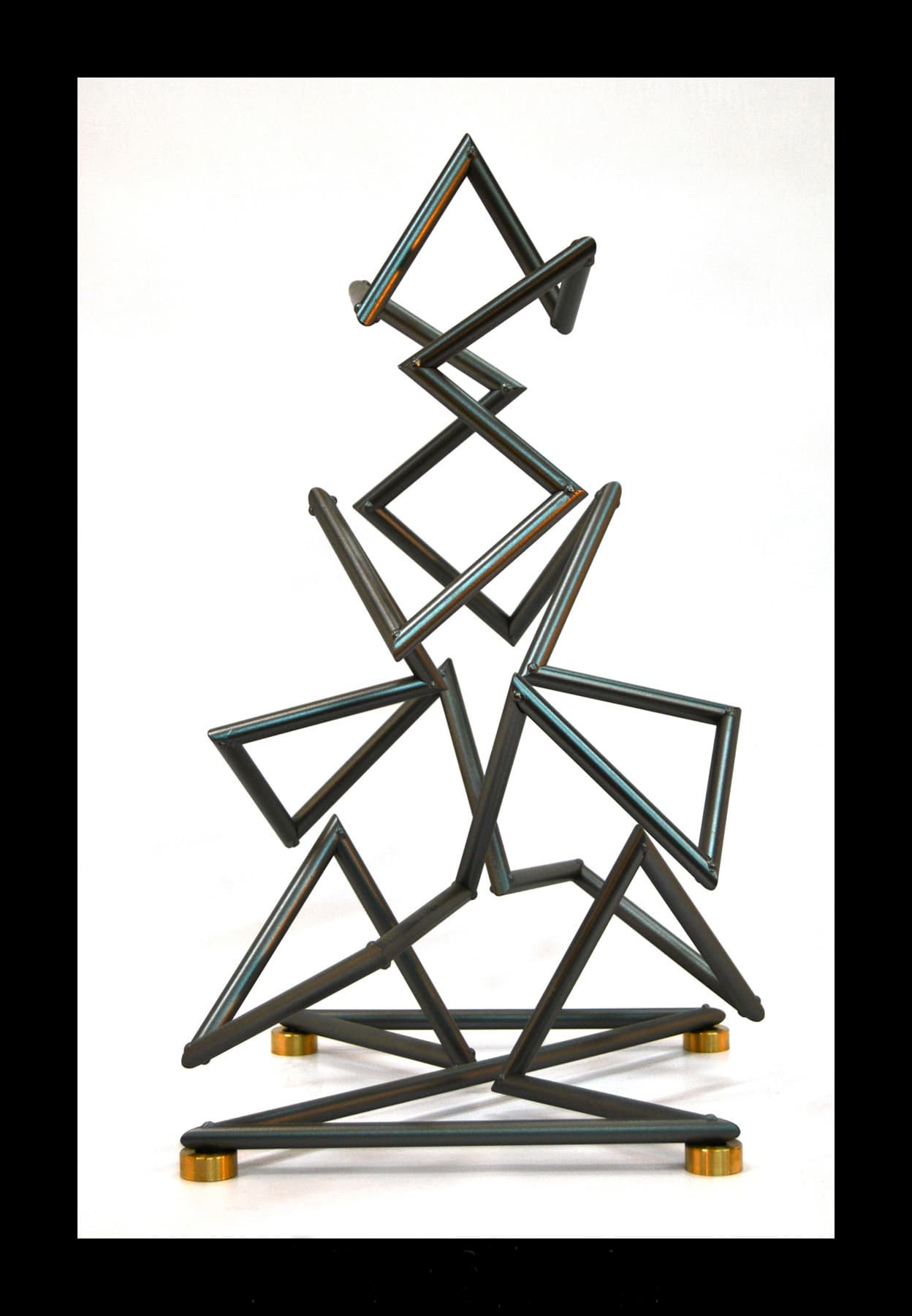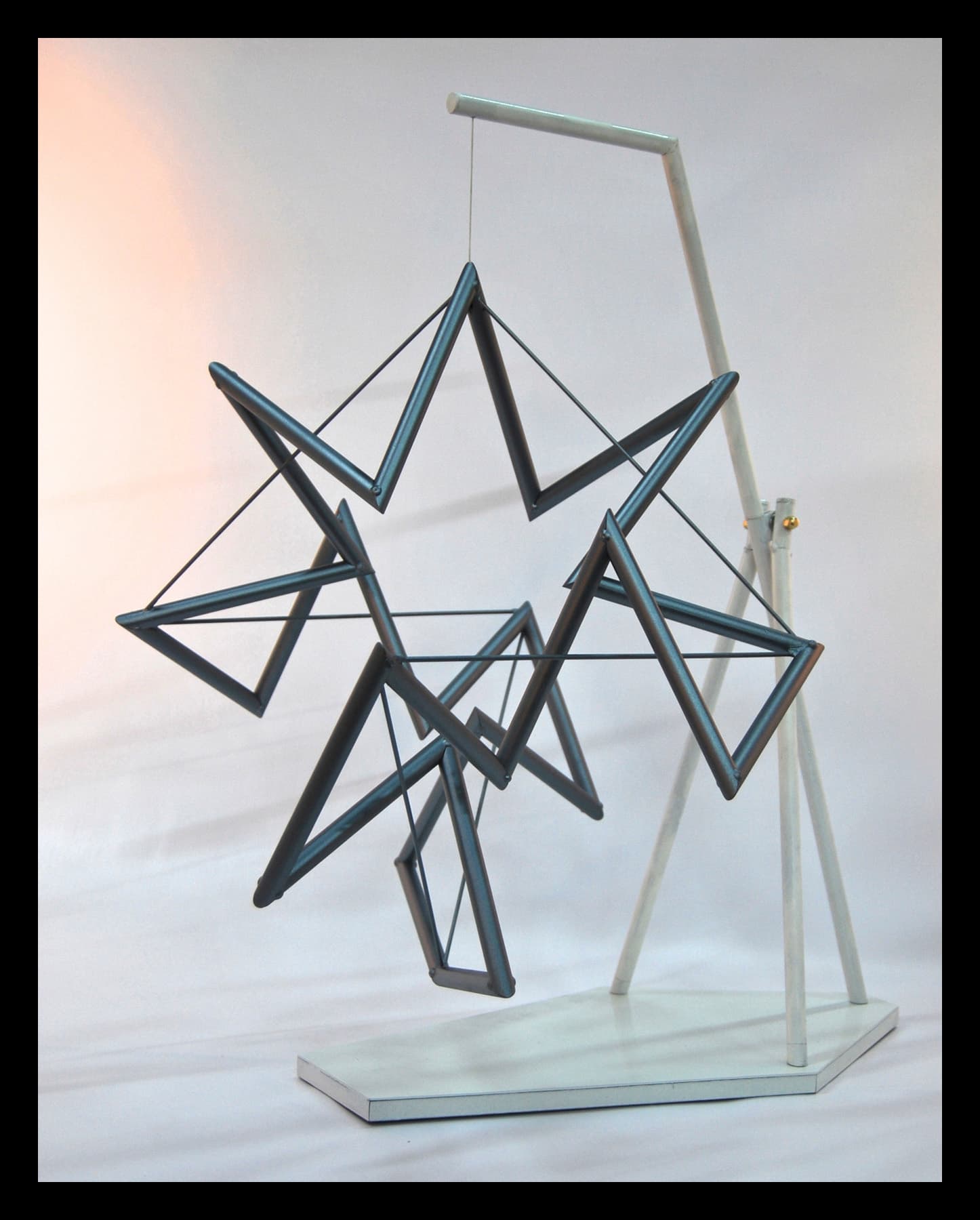Roberto Giardili
Artists
Roberto L. Giardili
Artist
Cipolletti. Río Negro. Patagonia Argentina
Statement
The motivation for my work comes from the idea that mathematical methods and concepts can be used as a source of art. In particular, I focus on the design and construction of sculptures inspired by fractal geometry through traditional methods. For this purpose, I made my own program, a 3D version of L-systems, that allows me to combine starting shape (initiator) and the rule for modifying it (generator) and, from an aesthetic perspective, select the sculpture to create. Once this sculpture is defined, I calibrate the scale to define the overall size, and obtain each segment's dimensions (length, starting angle, final angle and rotation between the planes of each end), verifying that there are no overlapping. The design of the fractal sculpture constitutes the first part of the process. Complexity arises with the construction. This requires both developing the hardware tools to cut and weld the tubings, and monitoring to minimize error accumulation with each junction sequence
Artworks

TRIANGULAR WRIGGLE
21x12x12 inch
Welded Iron Tubing
2012

OCTAHEDRAL ADVENTURE
24x24x18 inch
Welded Iron Tubing
2013